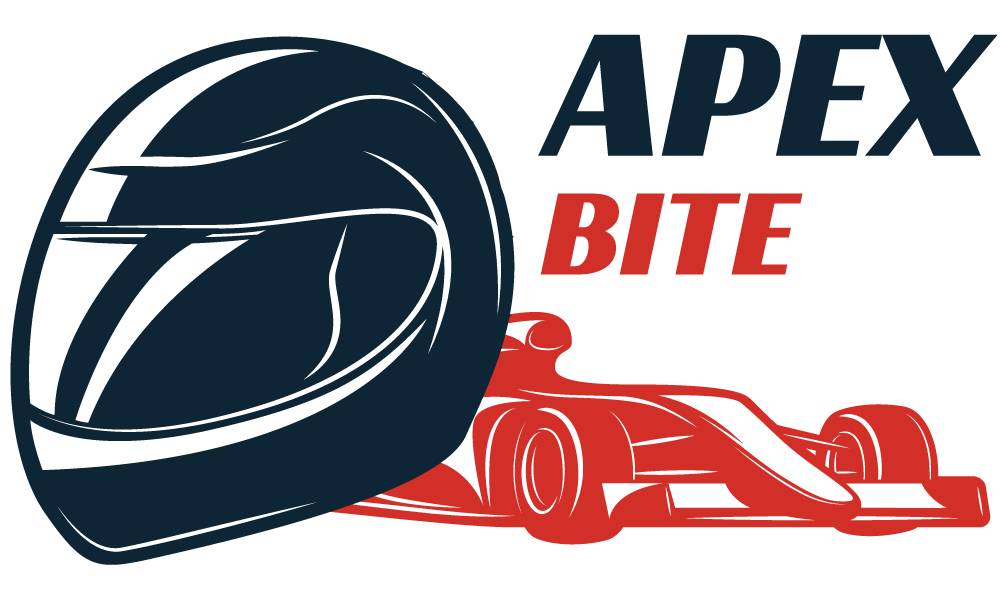Alex Albon’s recent crash at the Japanese Grand Prix has left Williams Racing bracing for a challenging period ahead. The incident, which saw Albon collide with Daniel Ricciardo and both drivers hitting the tire barrier, resulted in significant damage to the Williams car—a blow compounded by the team’s already tight spare parts situation.
Between the lines
- Williams Racing faces a parts shortage, making Albon’s crash at the Japanese GP particularly costly.
- Ricciardo’s move on Albon led to contact and a collision, but no penalty was issued, acknowledging the racing incident nature.
- The impact of the crash raises concerns over chassis damage, with Williams already running low on spares.
- Team principal James Vowles remains hopeful the chassis is intact after initial assessments post-crash.
Go deeper
The skirmish on the track between Albon and Ricciardo was a classic case of racing dynamics and split-second decisions. Albon, equipped with softer tires, attempted an ambitious move to gain an edge over Ricciardo. However, the lack of visibility and the tight racing line led to an unavoidable crash. While Ricciardo escaped penalty, acknowledging the complexities of multi-car battles and tire strategies, the aftermath for Williams is far from simple.
The financial and logistical implications for Williams are non-trivial. With a spare parts inventory that’s already stretched thin, any damage to the chassis could have ripple effects on the team’s performance and preparation for upcoming races. The Melbourne incident, where Williams could field only one car due to a similar crash, looms as a stark reminder of the team’s vulnerability.
Albon’s immediate thoughts post-crash were telling of the pressure the team faces under such circumstances. The dread of potential chassis damage, which could sideline the team’s efforts, was palpable even before the dust settled. Williams’ predicament is a testament to the razor-thin margins in Formula 1, where every component, every second, and every decision can have outsized consequences.
Team principal James Vowles’s cautious optimism about the chassis’s condition offers a glimmer of hope. The true extent of the damage will only be revealed after thorough assessments back at the garage. The team’s resilience will be tested as they work against the clock and resource constraints to bounce back for the Chinese Grand Prix.
As Williams Racing navigates this latest challenge, the F1 community will be watching closely. The team’s ability to recover from this setback will not only influence their performance in the short term but could also shape their strategic decisions and resource management for the remainder of the season.





